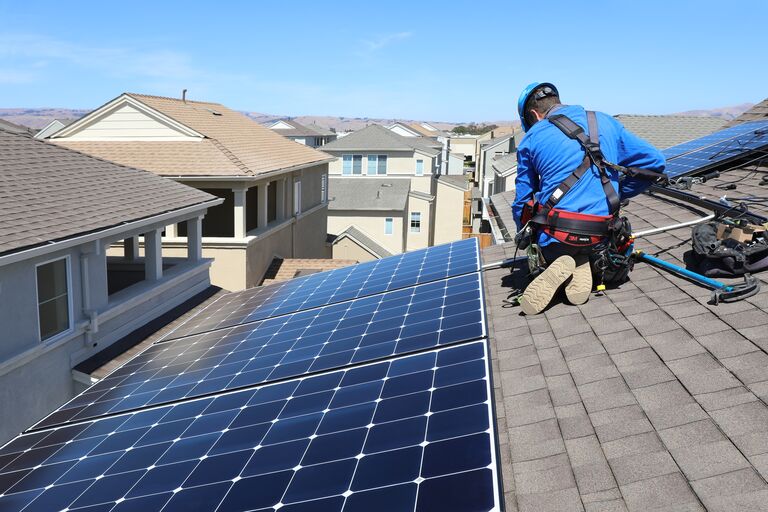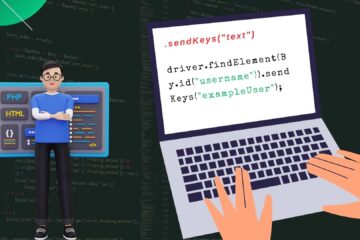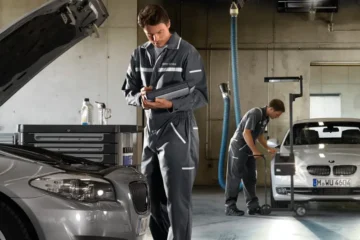Are you wondering how to use solar energy and do it in the comfort of your own home? You might have watched a few videos of people giving tutorials about setting up solar energy equipment for home use or an inviting garden ambience. Here are some of the basic terms associated with solar energy at home before getting one for yourself.
Solar panels
These are usually installed on the roof and resemble sheets of plastic and metal that can gather solar energy from the sun. This is where the process begins because, without it, you may not be able to do any of the things you see on television.
Power inverter
Note that your solar panels have photovoltaic cells that will absorb sunlight and convert it into electricity or direct current (DC) just like Solar Edge inverters. The inverter will convert DC electricity into alternating current (AC) electricity. You will now be able to use AC to power your home and enable it to use different appliances that you use every day.
Electricity use
The moment AC electricity is ready, it will flow into the electrical panel of your home, as it distributes power wherever it is needed. Note that if your panels produce more energy than needed, they will send back the extra power to the grid if you are connected.
Battery storage
You will also be able to install a battery storage system so that you can save any excess solar power generated during the day. This will be useful at night or during cloudy days when panels are no longer producing as intended.
Harnessing solar energy to be used at home
It is quite easy to set up a home to harness the potential of solar energy. All you need is a solar panel that you can purchase from any electronic supply distributor in your area. You must install the solar panels on your roof but ensure that it is a sunny spot to be able to capture sunlight through the photovoltaic cells and convert it into electricity.
Then you will need a solar inverter that will enable you to change DC electricity from the panels into AC. This is because that is what most household appliances use. But, of course, you have to consider adding a battery storage system, so that you can make the most of your solar setup. Batteries can store excess energy generated during the daytime that you can use later at night or during cloudy days.
When you buy components for your solar energy system, you have to be familiar with the specifications of each. However, you may also purchase a complete set, which can be more ideal than buying each item separately. Basically, solar panels can range from 300W to 450W for residential setups. Inverter capacity should also match the output of your solar array.
The battery storage is measured in kilowatts, and typical home batteries will range from 5kWh to 15kWh. Use a battery made of lithium-ion and a depth of discharge of at least 90% for a more usable storage space.




